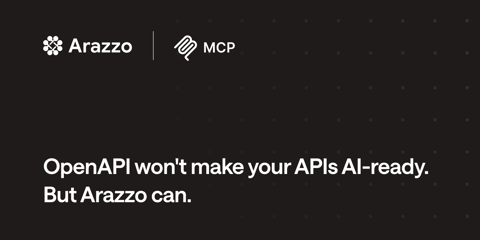
When we started the Bump.sh adventure, having API documentation was mostly something reserved for A-players like Stripe, Twilio, or SquareUp. For everyone else, it was at best a hidden page buried deep in the dev portal or a SwaggerUI for the most modern ones. At worst, a PDF sent by email or even… nothing at all.
11/03/2025
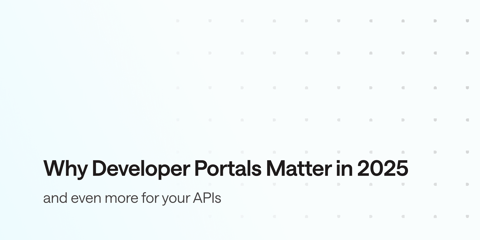
There are good reasons why a developer portal is no longer just a “nice-to-have” in 2025. Developers now expect autonomy, speed, and reliability. They want to read the documentation, test endpoints, configure authentication, and make their first successful call… ideally before lunch. Developer portals are often mistakenly seen as just documentation, but they actually play the much more essential role of the entry point to your ecosystem, where a product’s first impression (or even a brand) turns either into a habit or into abandonment. Without a clear and unified experience, integrations become guesswork, support tickets pile up, and much worse… motivated teams quietly give up.
10/24/2025
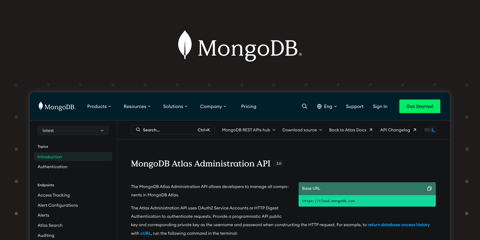
At MongoDB, developer experience is central to adoption. When our existing API docs stack started slowing us down, we looked for a partner who could deliver both performance and flexibility. With Bump.sh, our API documentation became almost five times faster to load, dramatically improving the developer experience across our docs site.
10/02/2025
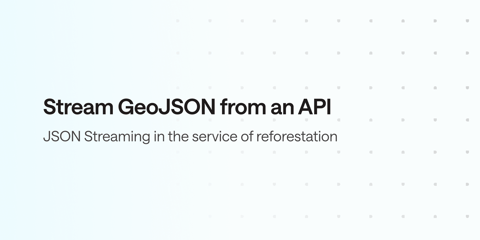
When building an API for reforestation charity Protect Earth, I needed a way to show all the trees we were planting on a map. Thanks to an iOS application we used to photograph trees, we could record the species, and use the GPS to record the location, so we knew exactly where all those trees were. As the climate & nature crises ramped up, so did the site of our projects, with sites now having 10,000 or even 20,000 trees planted at a site!
10/01/2025
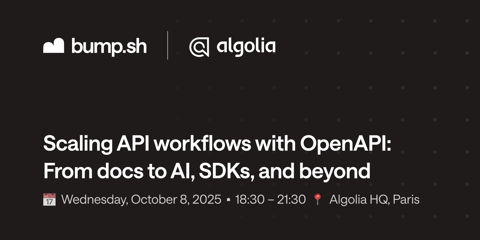
Over the past five years, we’ve spoken with countless companies building and consuming APIs. One thing stands out: APIs have always been essential, but the way teams rely on OpenAPI standardization has kept evolving. It’s no longer just about generating API reference documentation. Today, OpenAPI is powering SDK generation, automated API workflows, AI-assisted pipelines, and even new protocols like MCP. Standardization isn’t a “nice-to-have” anymore: it’s the backbone that makes modern API ecosystems interoperable at scale.
09/15/2025
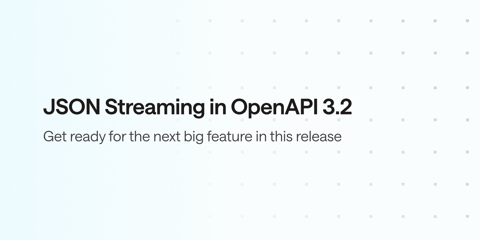
Streaming data allows API servers to send and receive data in real-time or in chunks, rather than waiting for the entire response to be ready. This is already how browsers handle HTML, images, and other media, and now it can be done for APIs working with JSON.
08/27/2025
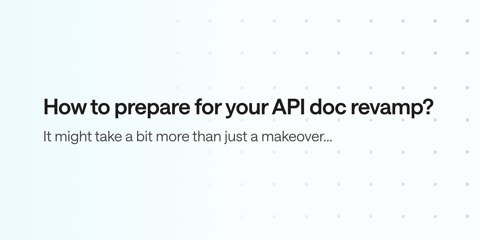
There are many reasons that might lead you to undertake a full overhaul of your API documentation. It may stem from an audit that reveals errors, or even complete omissions. Maybe the API docs need better integration with other existing documentation, and perhaps there’s been some user feedback or a growing number of support tickets… If you’re interested in the question of why you should consider a documentation overhaul, we actually have a dedicated article waiting for you.
08/05/2025

With growing adoption and undeniable strengths, OpenAPI continues to evolve, and version 3.2 is set to be released in the coming weeks. What can we expect in terms of new features? Should we be preparing for compatibility issues?
07/22/2025

Over the past few years, I’ve spent a lot of time exploring how companies build and present their API documentation. And there’s one pattern that consistently stands out among the best dev portals: the API docs feel fully integrated into the rest of the company’s website.
07/18/2025

You may have known it already, but Bump.sh was born from a disaster that could have been avoided: an API evolving without any updates to its documentation. The unsuspecting developer, completely unaware, led inevitably to the dramatic fall of our story: an e-commerce site with a million users, freezing at checkout.
07/10/2025

Today we say farewell to a legend in the API documentation space: Apiary.io is shutting its doors.
07/04/2025
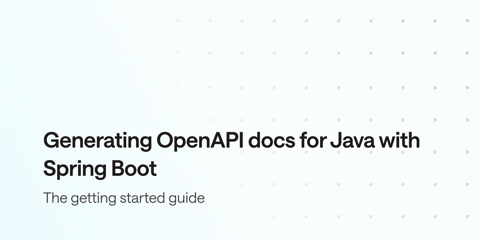
API Code-first is the art of building an API, and then popping some annotations or metadata in there to output API documentation in an API description format like OpenAPI.
06/19/2025

This year, for Pride Month, we’ve taken a slightly different approach.
06/11/2025
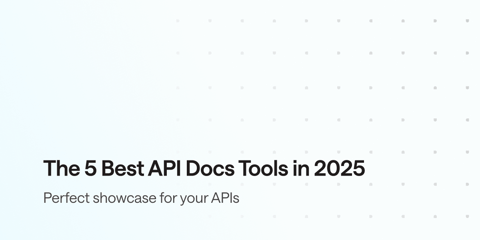
Without documentation nobody knows an API exists or how to use it, so it’s worth investing the time in creating clear, useful, understandable documentation. This will help customers integrate with their applications quicker, cut down on support calls, and allow coworkers to onboard quicker as they join the company or move teams.
06/10/2025
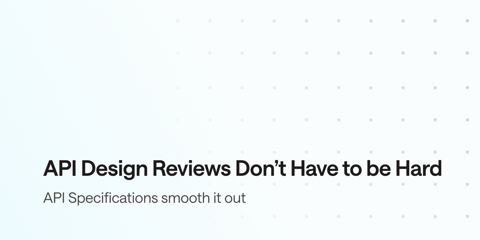
An API Design Review is one of a few parts of a larger API Governance program, where various people review changes to an API to make sure its a good choice for the architecture and wider ecosystem. This often involves a wide variety of persona, including API designers, API developers, technical writers, system architects, and maybe even a dedicated governance team.
05/15/2025
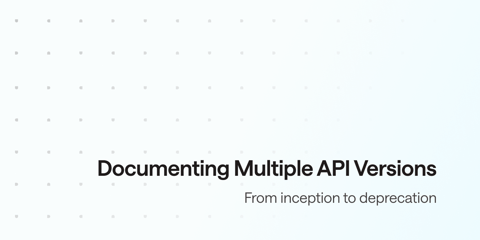
Versioning an API can be incredibly difficult, but working out how to handle documentation for multiple API versions can be even more of a challenge. When you release a new version of an API you’re going to need to keep the old one around for a while, and manage it as its own project until it can be retired. Thankfully Bump.sh makes it as simple and flexible as you could hope for.
05/13/2025
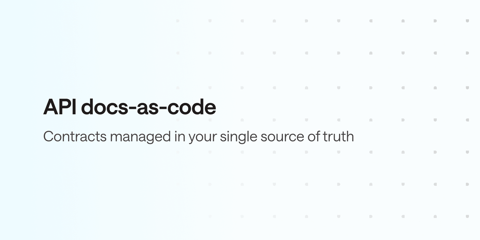
Docs as code is a powerful methodology that aligns documentation processes with software development workflows. It treats documentation as a first-class citizen in the development lifecycle by applying a similar approach to the standard development process. Let’s explore what it is, how it works, and how you can get started.
03/25/2025
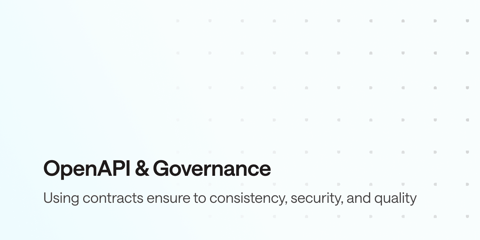
API governance is critical for ensuring consistency, security, and quality in enterprise API programs. However, maintaining governance across a distributed organization can be challenging, especially as teams grow and APIs proliferate. In some cases, organizations opt to define guidelines rather than API governance in an attempt to reduce the work required day-to-day.
03/18/2025
Older posts
Stainless x Bump.sh: Publishing API docs with custom code samples powered by SDKs
Integration
03/13/2025
Speakeasy x Bump.sh: Publishing API docs with custom code samples powered by SDKs
Integration
01/23/2025
CORS-ing the Boundaries: How We Built a Secure Open-Source Proxy Solution for Our API Explorer
Tech
01/10/2025
How BigID enhanced processes and boosted satisfaction by upgrading their API documentation portal
Customers
11/05/2024